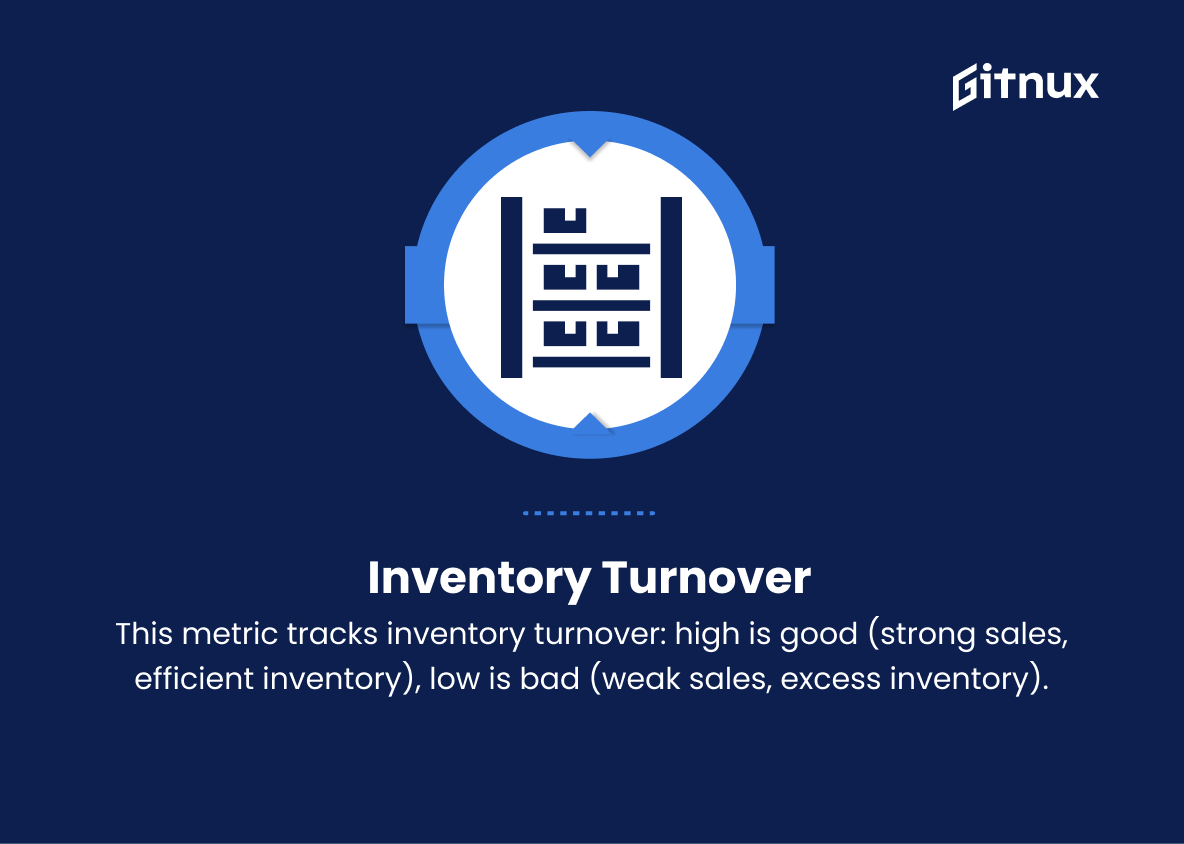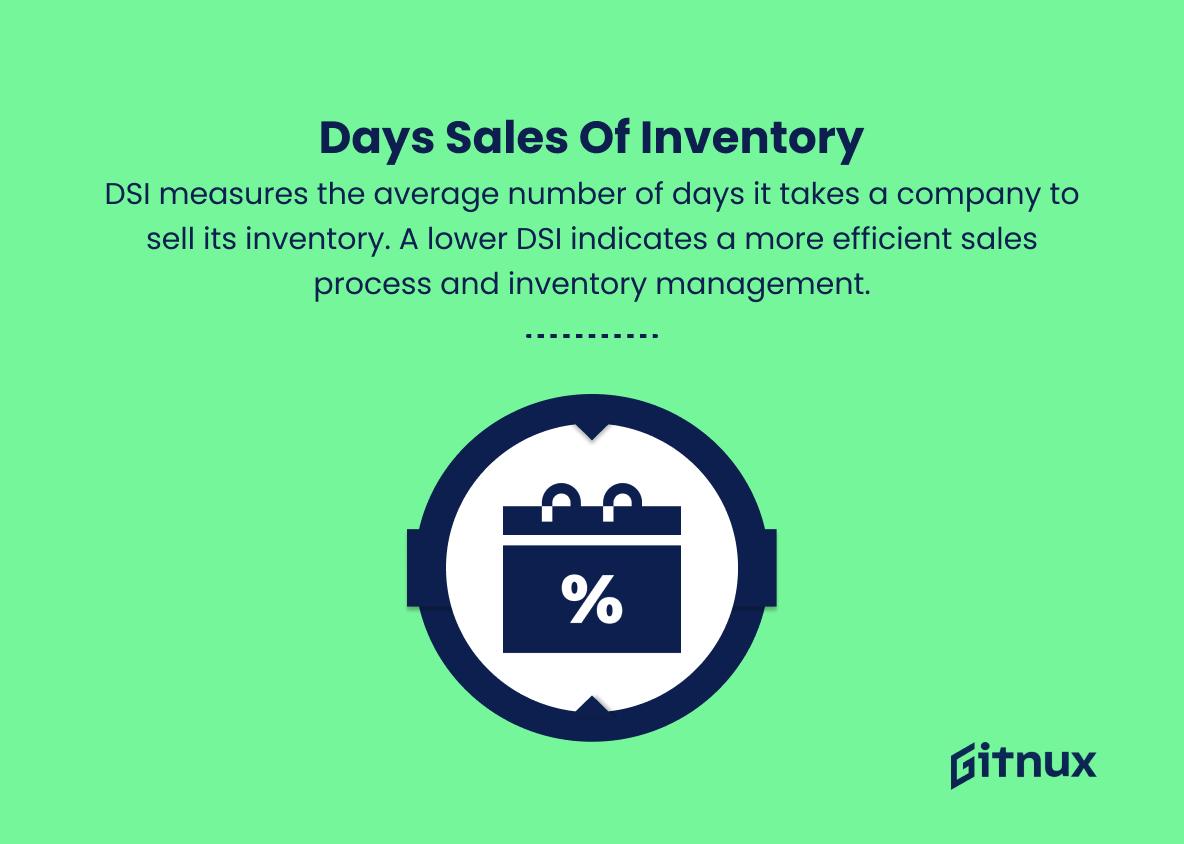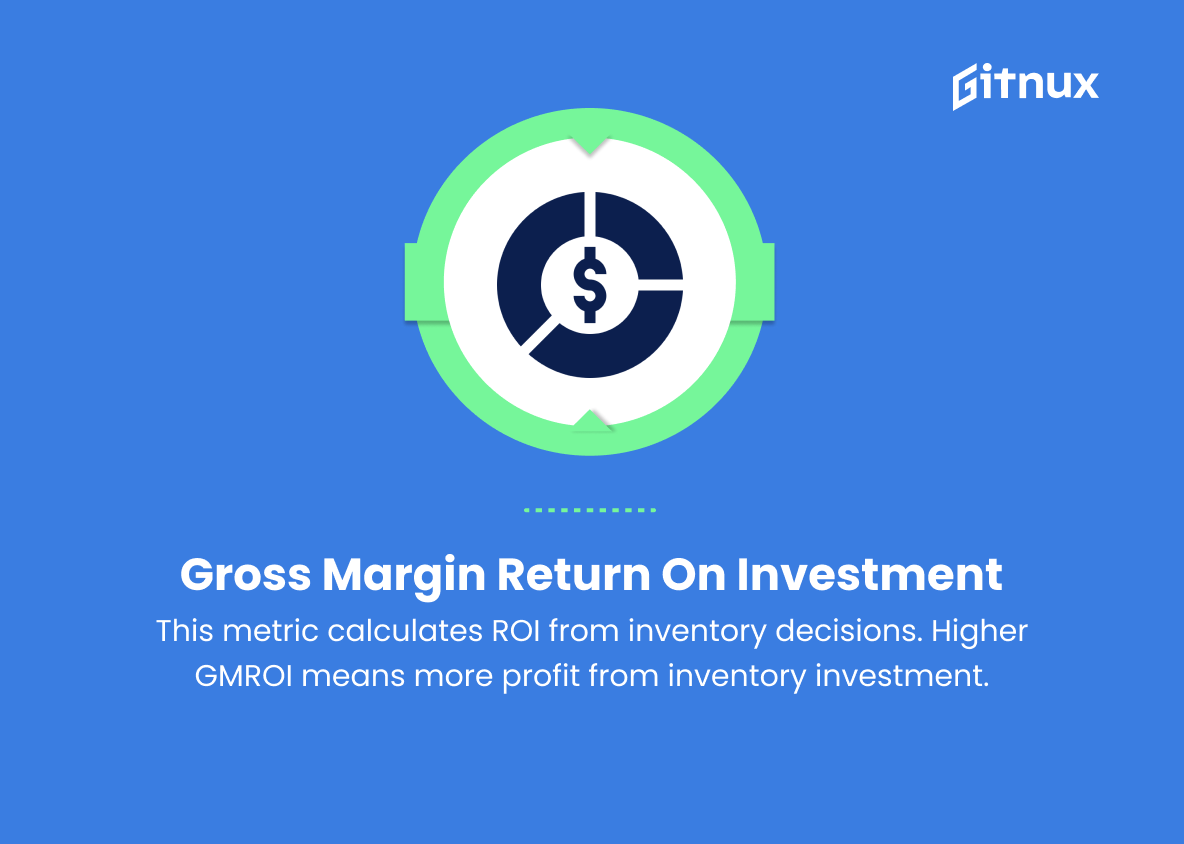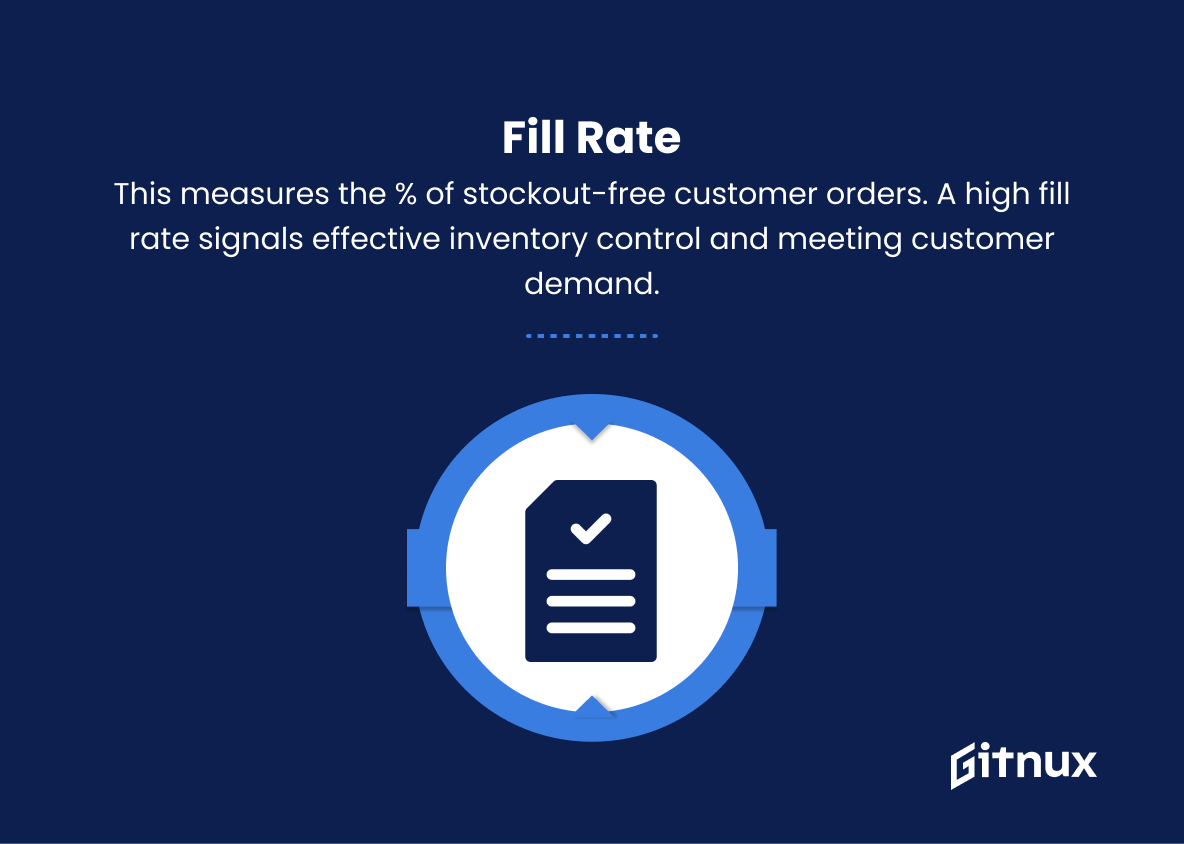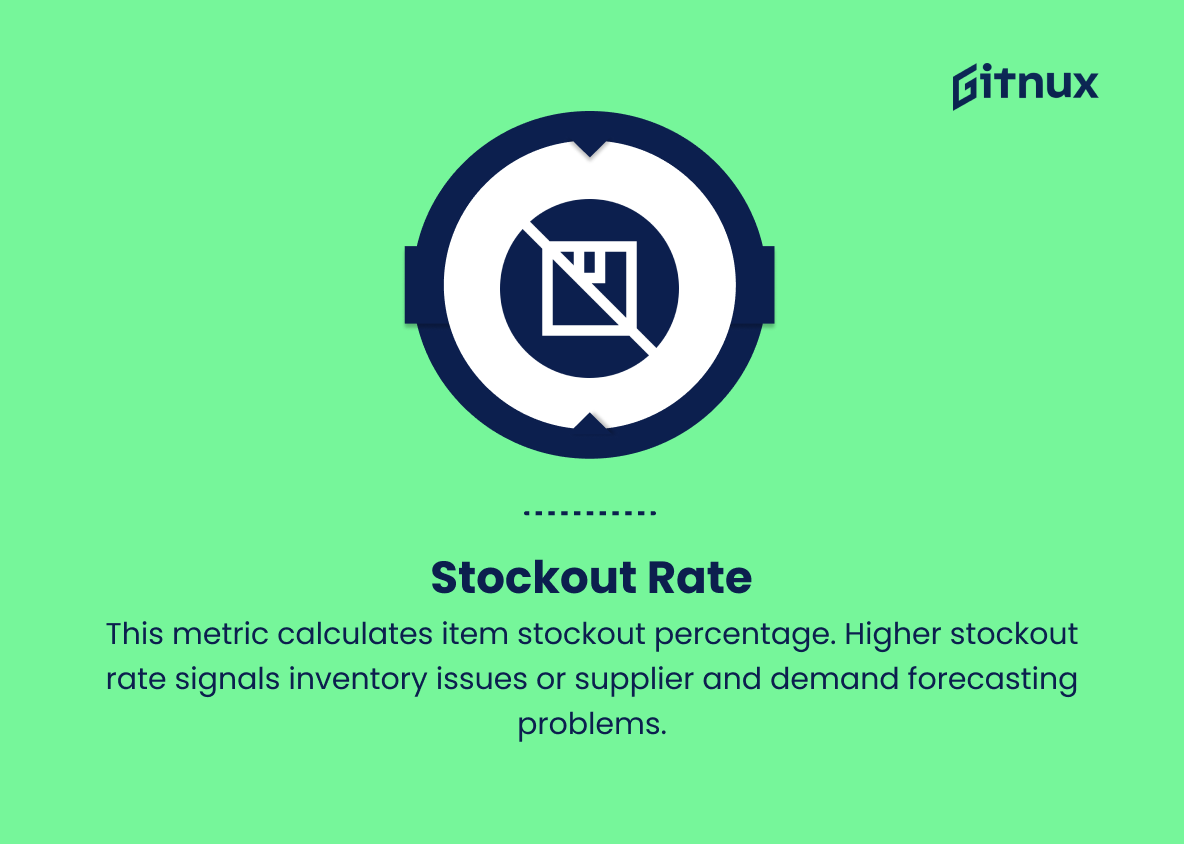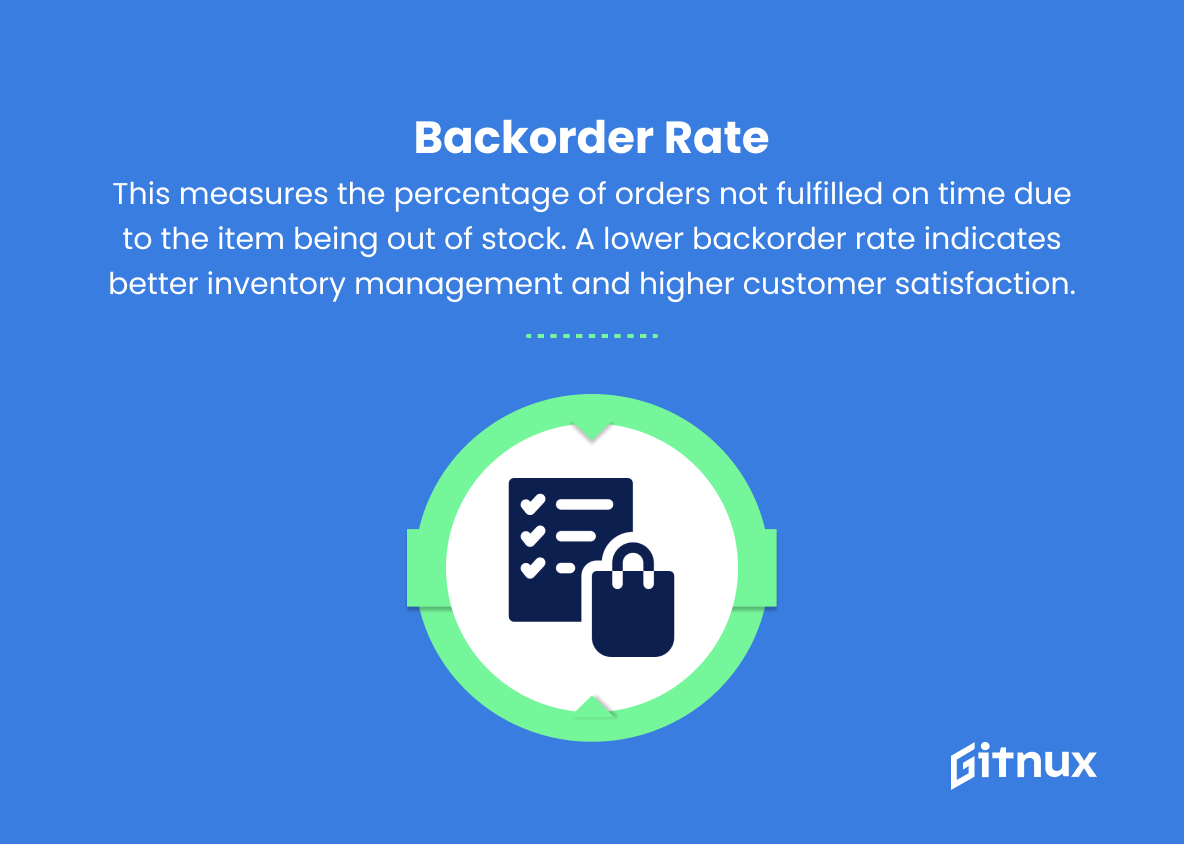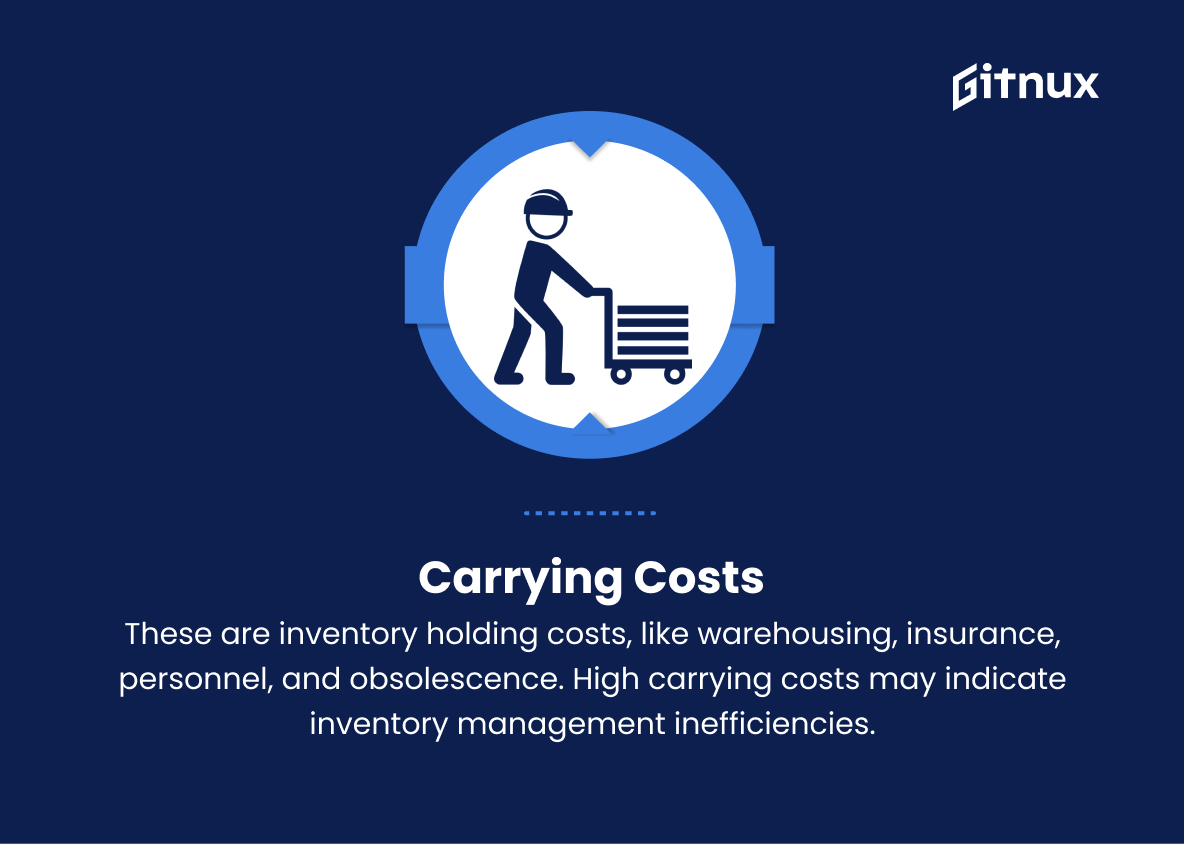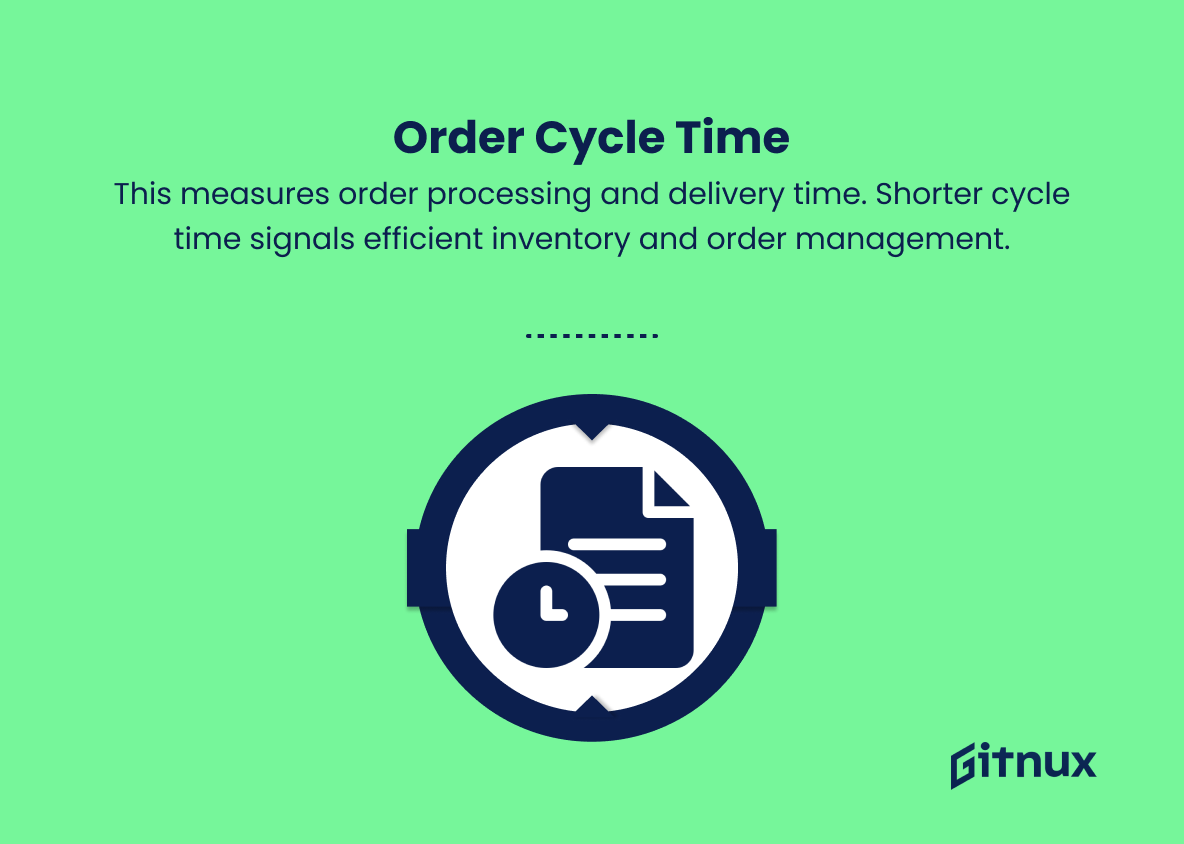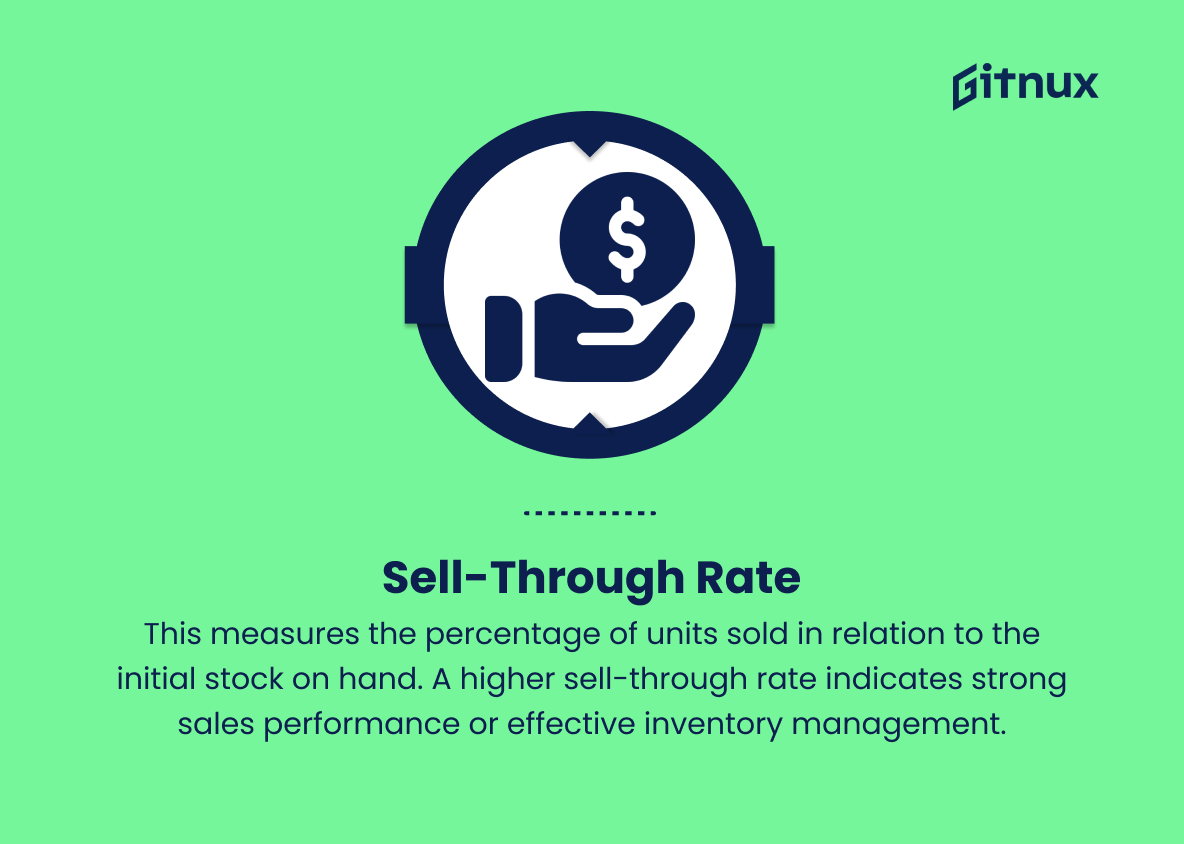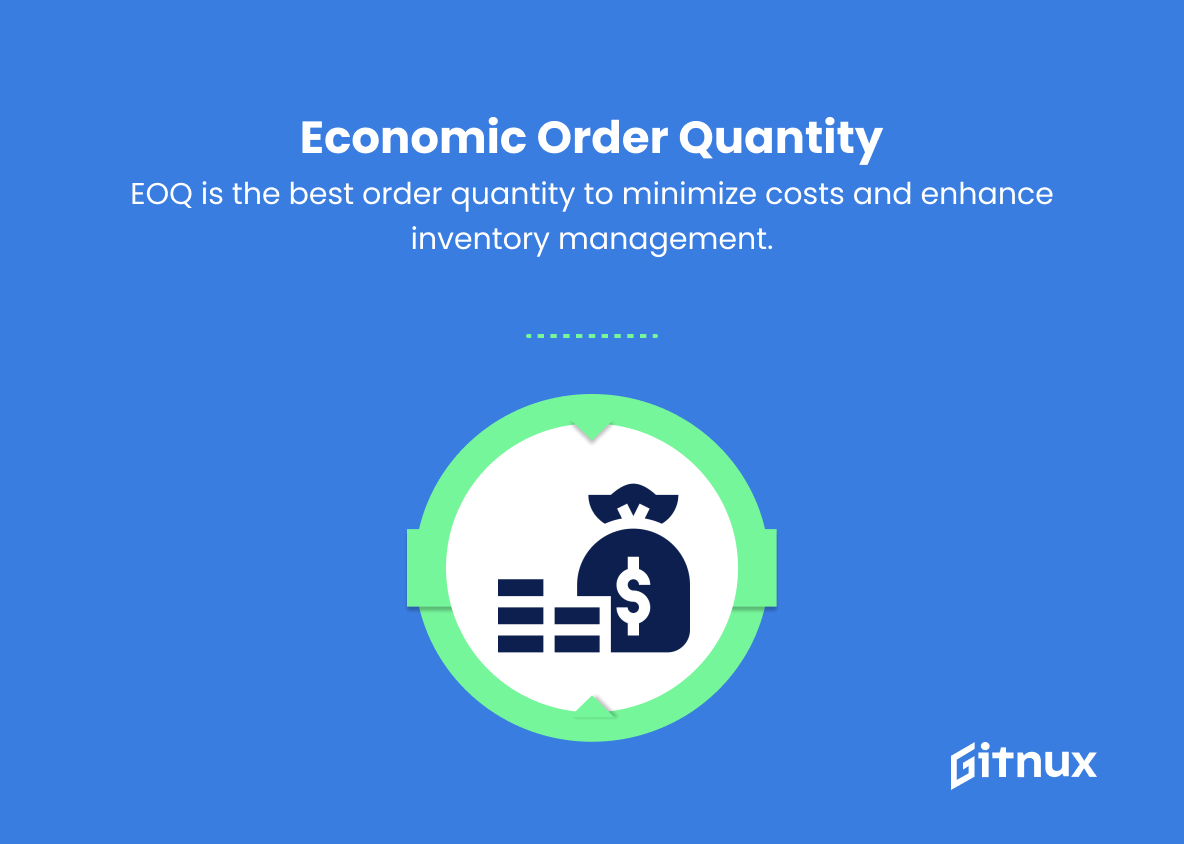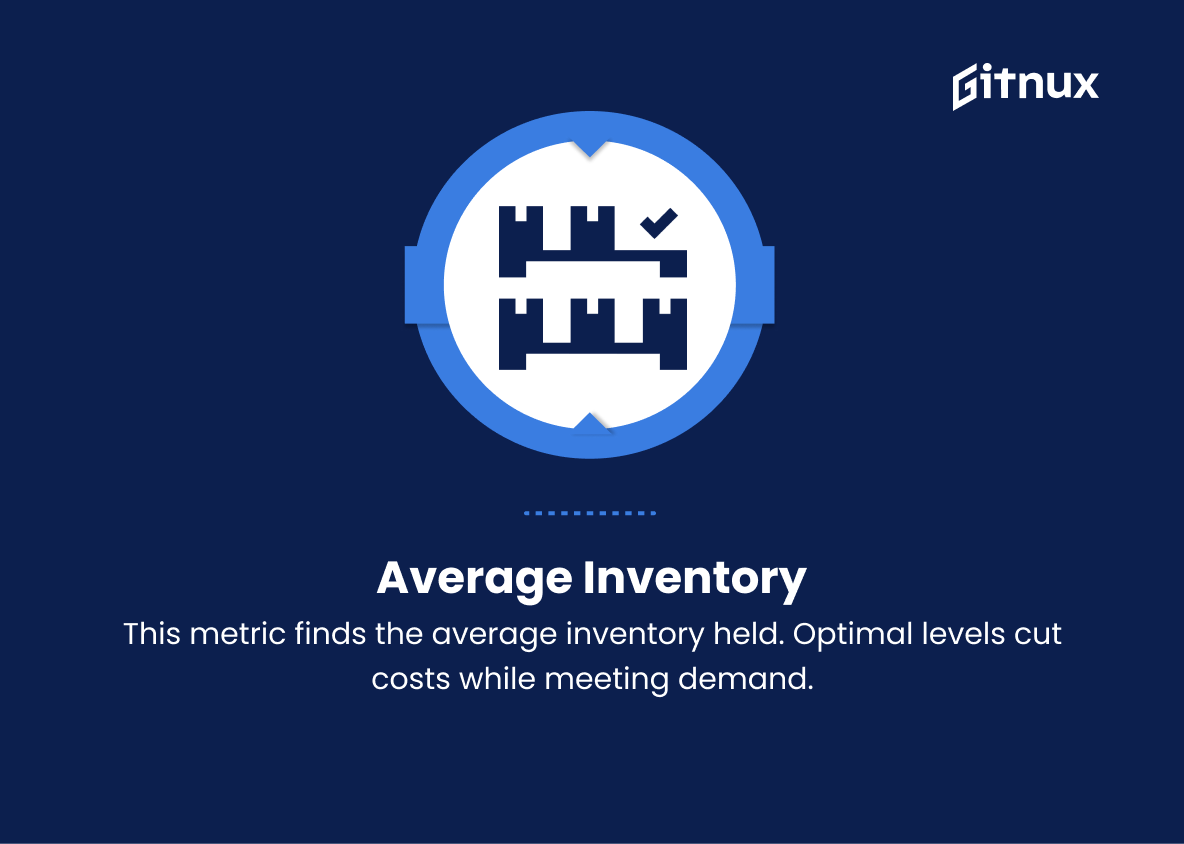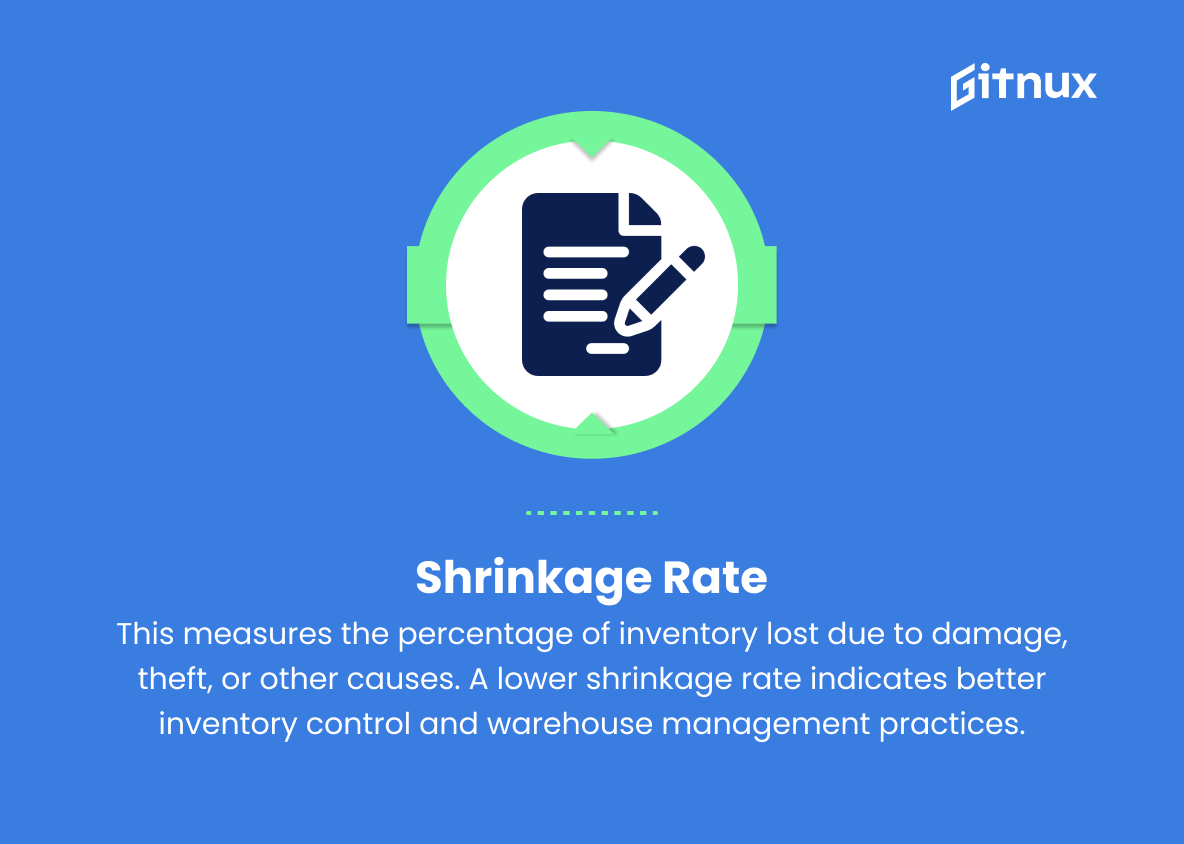In today’s fast-paced business environment, efficient inventory management is crucial to the operational success of any organization. The ability to track and analyze inventory performance metrics plays a vital role in optimizing the entire supply chain, ensuring customer satisfaction, and ultimately, driving profitability.
This in-depth blog post delves into the world of inventory performance measurement, uncovering the most crucial indicators and benchmarks that businesses need to monitor and understand. Through a comprehensive analysis and real-world examples, we will equip readers with the knowledge and tools necessary to effectively assess their own inventory management practices and implement actionable strategies for improvement.
Inventory Performance Metrics You Should Know
1. Inventory Turnover
This metric measures how many times a company’s inventory is sold and replaced over a specific time period. A high turnover indicates strong sales and efficient inventory management, while a low turnover signifies weak sales or excessive inventory.
2. Days Sales of Inventory (DSI)
DSI measures the average number of days it takes a company to sell its inventory. A lower DSI indicates a more efficient sales process and inventory management.
3. Gross Margin Return on Investment (GMROI)
This metric calculates the return on investment generated from inventory management decisions. A higher GMROI means that a company is generating more profit from its investment in inventory.
4. Fill Rate
This measures the percentage of customer orders that are fulfilled without any stockouts. A high fill rate indicates that a company has an effective inventory control system and is meeting customer demand.
5. Stockout Rate
This metric calculates the percentage of time an item is out of stock. A higher stockout rate indicates poor inventory management or possible issues with suppliers and demand forecasting.
6. Backorder Rate
This measures the percentage of orders not fulfilled on time due to the item being out of stock. A lower backorder rate indicates better inventory management and higher customer satisfaction.
7. Carrying Costs
These are the costs associated with holding inventory, including warehousing, insurance, personnel, and obsolescence. A high carrying cost may signal inefficiencies in inventory management.
8. Order Cycle Time
This measures the time it takes to process and fulfill an order from the moment it’s received to the point when the customer receives it. A shorter order cycle time indicates an efficient inventory and order management process.
9. Inventory Accuracy
This metric calculates the percentage of items that are correctly counted and stored in your warehouse. A higher inventory accuracy rate indicates a more precise and effective inventory control system.
10. Safety Stock
This measures the buffer stock kept in inventory to avoid stockouts and meet unforeseen demand spikes. A higher safety stock level indicates a more conservative inventory management approach.
11. Sell-through Rate
This measures the percentage of units sold in relation to the initial stock on hand. A higher sell-through rate indicates strong sales performance or effective inventory management.
12. Economic Order Quantity (EOQ)
This is the ideal order quantity that minimizes the total cost of ordering and carrying inventory. Calculating the EOQ can help companies optimize their inventory levels, reduce costs, and improve cash flow.
13. Average Inventory
This metric calculates the average amount of inventory held during a specified period. Having an optimal average inventory level minimizes carrying costs while still meeting customer demand.
14. Lead Time
This is the time between placing an order for inventory and its arrival in the warehouse. A shorter lead time reduces the chance of stockouts and can lead to better inventory management decisions.
15. Shrinkage Rate
This measures the percentage of inventory lost due to damage, theft, or other causes. A lower shrinkage rate indicates better inventory control and warehouse management practices.
Inventory Performance Metrics Explained
Inventory performance metrics play a crucial role in understanding a company’s efficiency in managing its inventory and meeting customer demand. Metrics such as inventory turnover, Days Sales of Inventory (DSI), and Gross Margin Return on Investment (GMROI) help gauge sales performance, inventory management, and profitability. Other vital metrics, such as fill rate, stockout rate, and backorder rate, reveal the effectiveness of inventory control systems and satisfaction levels of customers.
Metrics like carrying costs, order cycle time, and inventory accuracy help identify areas of improvement within inventory management and control systems. Additionally, having an optimized safety stock, a high sell-through rate, and employing Economic Order Quantity (EOQ) can lead to reduced costs and improved cash flow. Furthermore, monitoring average inventory, lead time, and shrinkage rate provides valuable insight into inventory levels, order management, and warehouse management practices, ensuring the overall efficiency and success of the company’s inventory management.
Conclusion
In summary, inventory performance metrics are vital for businesses to monitor, optimize, and streamline their inventory management processes. These key performance indicators not only help to reduce costs and waste but also increase customer satisfaction levels and overall profitability.
By continuously tracking and analyzing the crucial metrics such as inventory turnover, gross margin return on investment, inventory accuracy, and stock-outs, companies can make better-informed decisions that drive business growth. As the competitive landscape continues to evolve, businesses must embrace these data-driven insights to stay ahead and ultimately thrive in an increasingly complex market.
